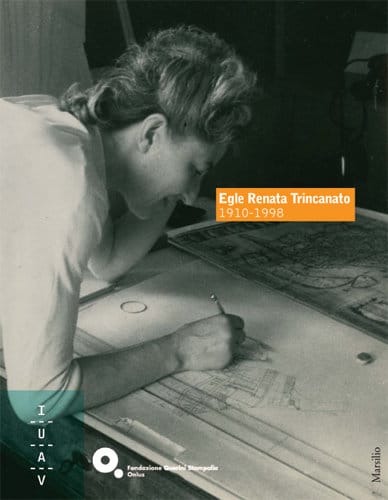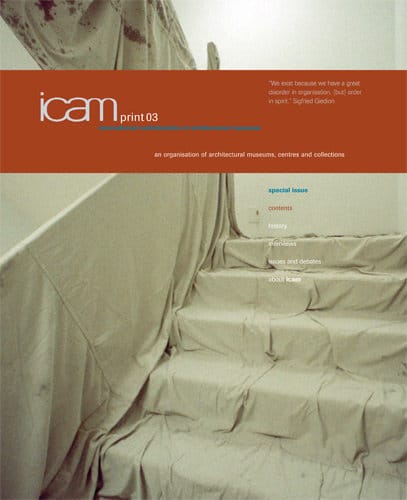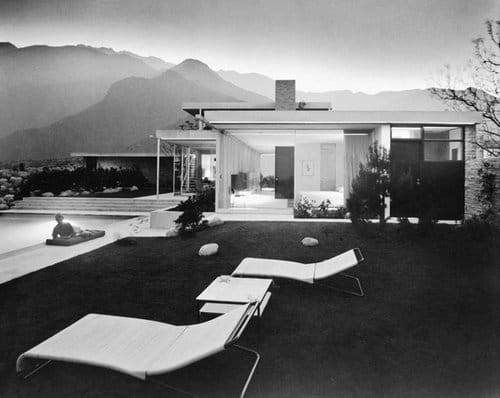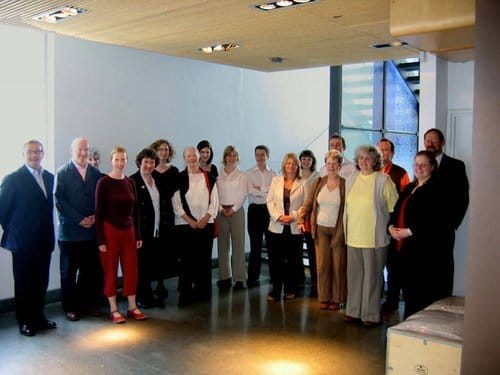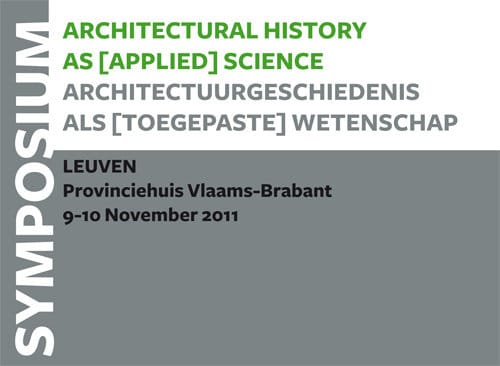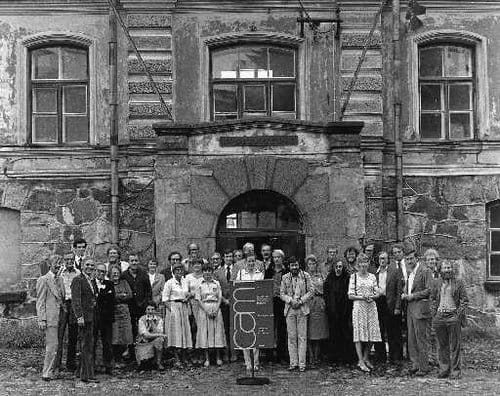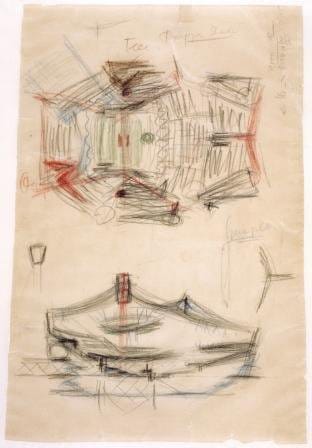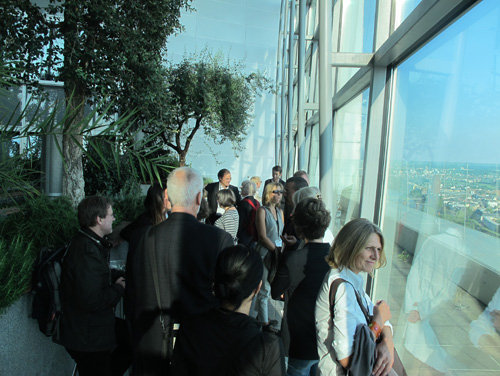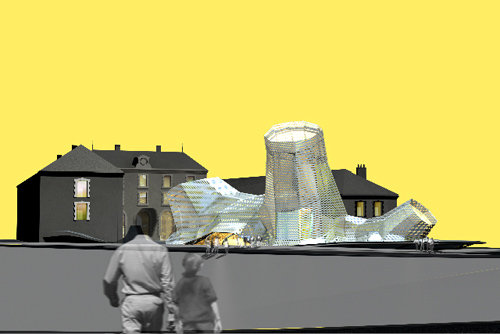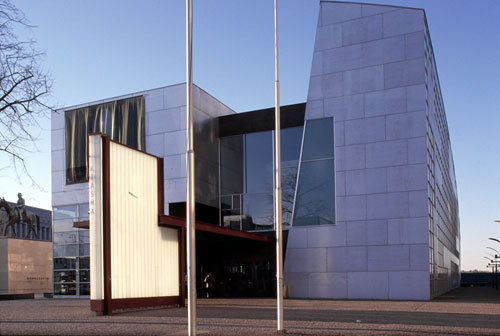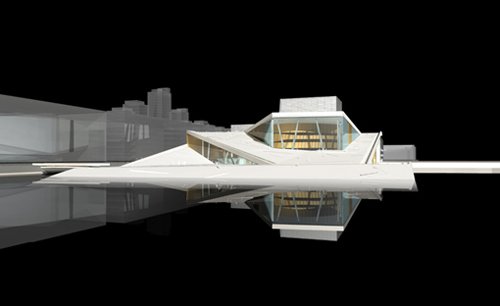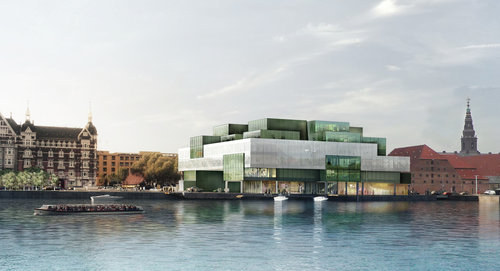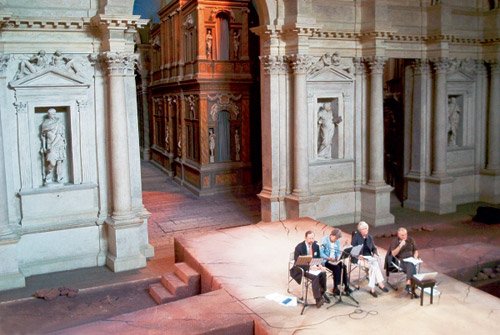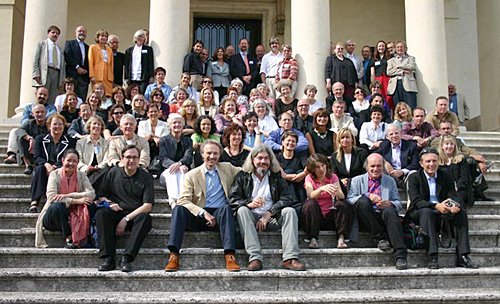- Pre-conference tour:
6 September 2022 - Conference sessions:
7–10 September 2022 - Post-conference tour:
11 September 2022
- Pre conference tour:
6 September 2022 - Conference sessions:
7–10 September 2022 - Pre conference tour:
11 September 2022
- Pre conference tour:
6 September 2022 - Conference sessions:
7–10 September 2022 - Pre conference tour:
11 September 2022
details:
Hosted by the Architecture Museum of the Technical University of Munich, the ICAM21 conference will take place in Munich, 6-11 September 2022.
The conference will feature an exciting roster of sessions on architectural archives across Asia, the impact of architectural museums on the discipline of architecture, the status and role of films in architecture archives and interlocking ways of doing research.
The five conference sessions, as well as the General Assembly, will be delivered in the afternoons in hybrid format, allowing for online participation.
Conference tours explore the architecture of Munich, as well as the important urban histories of neighbouring towns Ausburg and Ulm in the pre and post-conference tours.
Conference chairs:
Andres Lepik
Director
Architecture Museum at
Technical University of Munich
Contact:
registration@architekturmuseum.de
Registration:
Coming soon
Please Email the address above to register your interst in the conference and we will send you the final fee and registration information when it is finalized.
- Early birds registration:
until May 30th - Conference registration:
until September 1st
↓ Call for papers
(closing 28 February 2022)
- Architekturzentrum Wien
- Architekturzentrum Wien
- Het Nieuwe Instituut, Rotterdam
- Architekturzentrum Wien
- Architekturmuseum der TU München
- The Danish Architecture Centre, DAC Dansk Arkitektur Center
- The Danish Architecture Centre, DAC Dansk Arkitektur Center
12. September 2021
Conference Seminars
Session 1 – Digital Archiving
Session 2 – Interlocking Ways of DoingResearch
0
Day Title
Event #1
Aug 19, 2021Lorem ipsum dolor sit amet, consetetur sadipscing elitr, sed diam nonumy eirmod tempor invidunt ut labore et dolore magna aliquyam erat, sed diam voluptua. At vero eos et accusam et justo duo d
Pinakothek0
Event #2
Sep 02, 2021Lorem ipsum dolor sit amet, consetetur sadipscing elitr, sed diam nonumy eirmod tempor invidunt ut labore et dolore magna aliquyam erat, sed diam voluptua. At vero eos et accusam et justo duo dolores et ea rebum. Stet clita kasd gubergren, no sea takimata sanctus est Lorem ipsum dolor sit amet. Lorem ipsum dolor sit amet, consetetur sadipscing elitr, sed diam nonumy eirmod tempor invidunt ut labore et dolore magna aliquyam.
0
Event #3
Aug 31, 2021Dolor sit amet, consetetur sadipscing elitr, sed diam nonumy eirmod tempor invidunt ut labore et dolore magna aliquyam erat, sed diam voluptua. At vero eos et accusam et justo duo dolores et ea rebum. Stet clita kasd gubergren, no sea takimata sanctus est Lorem ipsum dolor sit amet. Lorem ipsum dolor sit amet, consetetur sadipscing elitr, sed dia.
↓ Call for papers
(closing 14 February 2020)
Challenging Histories – Challenging Futures
Hosted by Architecture Museum TU Munich
We meet in Munich in challenging times-politics, climate, protests and international relationships swirl around us in a mass of changing rhetoric, revisited priorities and false news. How should architectural museums, with their duties to examine the past and inform the future, respond to these turbulent forces and thrive in these thought-provoking circumstances?
→ Pre conference tour:
8 September 2020
→ Conference sessions:
Wednesday 9 – Saturday 12 September 2020
→ Post conference tour
Sunday 13 September 2020
→ Early birds registration:
until May 30th
→ Conference registration:
until September 1st
ICAM 20 – Session 5 – Films in Architecture Archives
ICAM 20 – Opening Day
ICAM 21 Event #01
ICAM 19: Opening Day
SESSION #1
ICAM 20 – Pre conference tour
- → Jan 24, 2020 – 11:12/

ICAM 20 – Day 4
- → Jan 24, 2020 – 11:11/
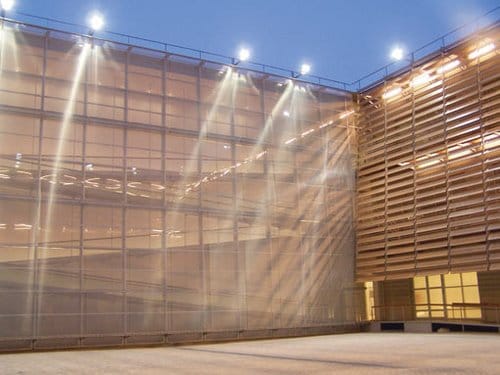
ICAM 20 – Day 3
- → Jan 24, 2020 – 11:09/
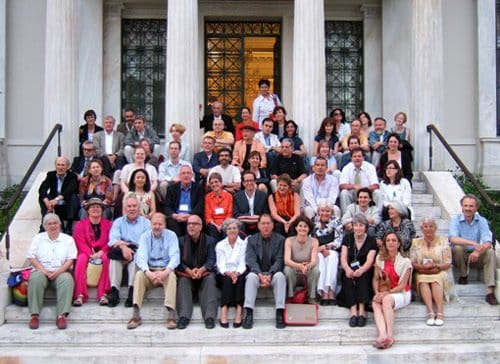
ICAM 20 – Day 2
- → Jan 23, 2020 – 22:56/
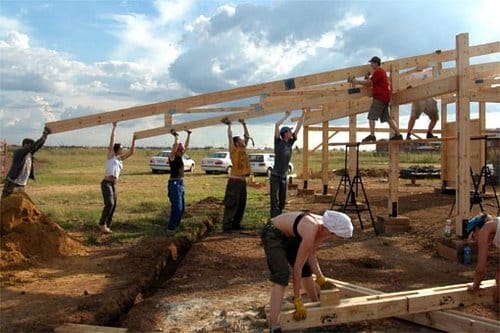
ICAM 20 – Session 5 – Films in Architecture Archives
- → Jan 23, 2020 – 22:53/

ICAM 20 – Session 4 – Influence and Impact
- → Jan 23, 2020 – 22:51/

ICAM 20 – Session 3 – Challenging History
– Subject 2
– Subject 3
- → Jan 23, 2020 – 22:46/
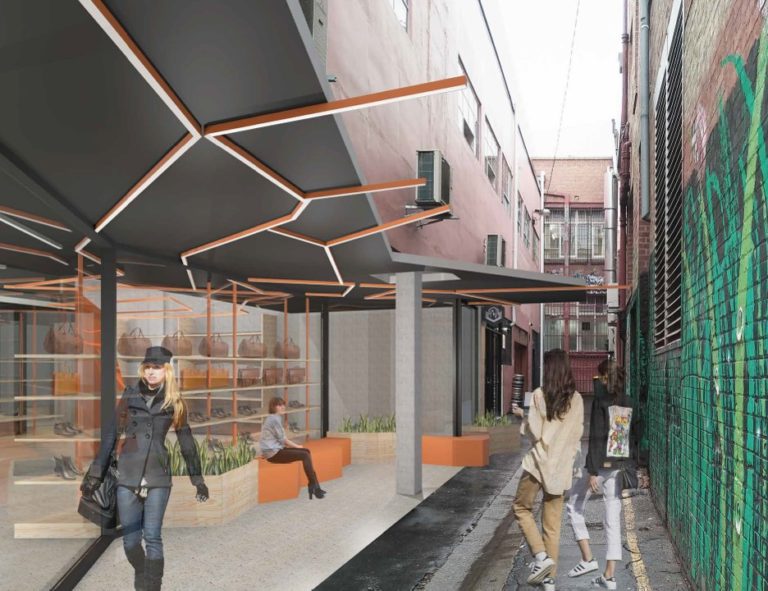
ICAM 20 – Session 2 – Interlocking Ways of DoingResearch
- → Jan 23, 2020 – 22:42/
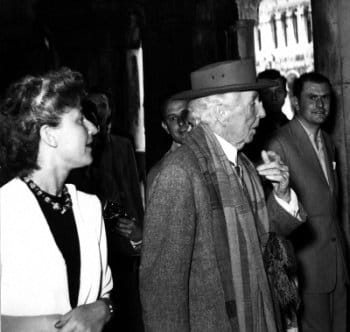
ICAM 20 – Session 1 – Digital Archiving
- → Jan 23, 2020 – 22:38/
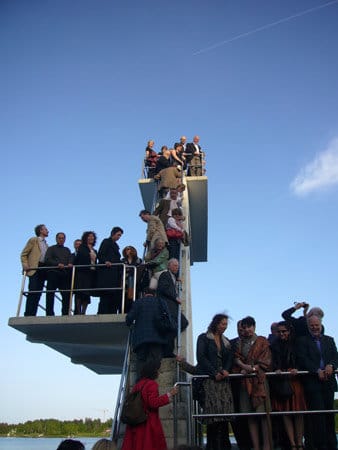
ICAM 20 – Conference sessions
- → Jan 13, 2020 – 12:00/
- → Jan 12, 2020 – 12:00/
ICAM 20 – Pecha Kucha
- → Jan 8, 2020 – 12:00/

ICAM 20 – Pre conference tour
- → Sep 12, 2019 – 8:51/
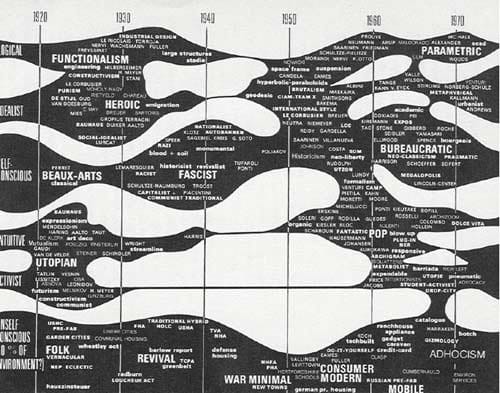
ICAM 20 – Opening Day
- → Jan 9, 0202 – 12:00/

ICAM 20 – Day 1
→ Setup of marketplace with organisational info material.
→ Coffee and crossaints
Lorem ipsum dolor sit amet, consetetur sadipscing elitr, sed diam nonumy eirmod tempor invidunt ut labore et dolore magna aliquyam erat, sed diam voluptua. At vero eos et accusam et justo duo dolores et ea rebum. Stet clita kasd gubergren, no sea takimata sanctus est Lorem ipsum dolor sit amet. Lorem ipsum dolor sit amet, consetetur sadipscing elitr, sed diam nonumy eirmod tempor invidunt ut labore et dolore magna aliquyam erat, sed diam voluptua. At vero eos et accusam et justo duo dolores et ea rebum. Stet clita kasd gubergren, no sea takimata sanctus est Lorem ipsum dolor sit amet.
Lorem ipsum dolor sit amet, consetetur sadipscing elitr, sed diam nonumy eirmod tempor invidunt ut labore et dolore magna aliquyam erat, sed diam voluptua. At vero eos et accusam et justo duo dolores et ea rebum. Stet clita kasd gubergren, no sea takimata sanctus est Lorem ipsum dolor sit amet. Lorem ipsum dolor sit amet, consetetur sadipscing elitr, sed diam nonumy eirmod tempor invidunt ut labore et dolore magna aliquyam erat, sed diam voluptua. At vero eos et accusam et justo duo dolores et ea rebum. Stet clita kasd gubergren, no sea takimata sanctus est Lorem ipsum dolor sit amet.
Lorem ipsum dolor sit amet, consetetur sadipscing elitr, sed diam nonumy eirmod tempor invidunt ut labore et dolore magna aliquyam erat, sed diam voluptua. At vero eos et accusam et justo duo dolores et ea rebum. Stet clita kasd gubergren, no sea takimata sanctus est Lorem ipsum dolor sit amet. Lorem ipsum dolor sit amet, consetetur sadipscing elitr, sed diam nonumy eirmod tempor invidunt ut labore et dolore magna aliquyam erat, sed diam voluptua. At vero eos et accusam et justo duo dolores et ea rebum. Stet clita kasd gubergren, no sea takimata sanctus est Lorem ipsum dolor sit amet.
This session draws attention to the role of filmic material as a source of knowledge in architecture history, as a complement to morewell-known sources such as drawings, plans, models and photos. Films in architecture collections roughly find themselves at two places: some on the library shelves, others stored in the archives. The former are VHS tapes and DVDs that were professionallyproduced, commercialized and distributed, the latter arrived as part of bequests, often somewhat hidden among other items. The second category is very diverse, but there is little knowledge about these films. They range from filmed interviews, recordings made on construction sites, at inaugurations or congresses, to copies of documentaries that were shown on television or in exhibitions, promotion films or private recordings made by architects in their practice or on a trip. Some were professionally edited,others consist of raw material or try-outs. Some were used for research or teaching and had a clear target group, others started to lead their own life for an audience that the makers weren’t initially aware of.
What do the films in architecture archivesconsist of? In which condition do they find themselves? What do we know of their content? Can they be visualized? What kind of stories do they tell us? Which facets of architecture history do they reveal?
This session is intended, first, as a state of the art of historic films in architecture archives as well as past and present initiatives to document, conserve and disclose them, and second, as an exploration of possible partnerships and collaborations. For architecture archives, filmic material represents quite a challenge since the expertise and equipment to restore, conserve and digitalize films is mostly wanting, contrary to film archives. Yet on the other hand, architecture films also challenge film archives, as those documents do not necessarily have cinematographic value following the criteria of film historians. Stimulated by demands of researchers and new opportunities provided by digitalization, a number of projects were recently initiated in architecture archives to call attention to film. Thissession represents an occasion to look back and evaluate, but also and most of all, to discuss what kind of future partnerships could be envisaged between architecture and audio-visual archives or film museums (for issues of conservation, restoration, digitalization) and/or between architecture museums and universities (in terms of research).
We explicitly call for entries from various disciplines, ranging from architecture history to museology, film restoration and media studies, etc. Topics can include,but are not limited to following questions: How does filmic material enter architecture archives? Is there an active acquisition policy ora history in terms of film collection? How are films subsequently treated?How do they relate to other items in thecollection? What did recent initiatives reveal in terms of conservation, registration/documentation and disclosure? What was the role and importance of films in the practice of individual architects and how can they contribute to our understanding of architecture history, as research material or items to be displayed in exhibitions?
Abstracts should be sent tosession chairs:
Véronique Booneand Mélanie Van der Hoornveronique.boone@icloud.com m.vanderhoorn@gratwanderung.nl
Please also copy toCorinne Beliercbelier@citechaillot.fr
During the 20thCentury some exhibitions or cultural programs developed by architecture museums and institutesplayed a decisive role in the development of the discipline of architecture, its theory anditspractice. The history of architecture exhibitions showssome striking examples of exhibitions that proved to helpdirect the course of architectural thinking. Not only the monographic exhibition that presents an oeuvre to the public can create a wide cultural forum for the architectural attitude of an office. Thematic exhibitionsprove to have a great impact on the forming of generations, or on the acceptance ofa cultural ruling idea on how to treat materiality, the generic city, history orthe responsibility of architecture when facing urgent societal issues. The most known example is probably ‘Modern Architecture: International Exhibition’, organized bythe MoMA in 1932and curated by Philip Johnson and Henry-Russell Hitchcock. By the buildingsshown and the discourse that was constructed, the exhibition had a greatand long-lastinginfluence on the way architects looked at ornament, standardisation, materiality and the relation (or not) towards history and context. Other architecture programs stimulated the idea of an architectural generation.‘Five Architects’ was published in 1975 and was the outcome of an idea launched in 1969 to exhibit in the MoMA the work of five architects –Hedjuk, Graves, Meier, Eisenman and Gwathmey –that were seen by the curators as a ‘school’ in New York. The architects became known as a generation, although they seem to differ more than what they share in how they work. Another example is the ‘Nine + One’ series of exhibition initiated by the NAi in 1997 to bring emerging offices in the Netherlands to the international sceneas a young Dutch generation. More recently, the ‘SOS Brutalism’ program that was produced in 2017 by the DAM together with many partners, had a worldwide impact on the contemporary status of brutalist buildings. With ‘The Other Architect’, the CCA focusedin 2015 on alternativeorcriticalpositions architects can take onbesides designing and constructing buildings. With the fundamental changes the world is facing today, and the strong relationship between urban planning, architecture and these changes, the ‘otherness’ of these aspects of the architectural discipline might be questioned. More and more, these aspects of the discipline seem to be moving towards the core of the discipline. This session invites presentations that reflect on the impact architectural museums, institutes and centres want to have on the discipline of architectureand on the course of itshistory. Many ICAM members have the freedom of a cultural and critical positionin which they have the possibility to have an impact on both the discipline of architecture and its historiography. Do we make architecture accessible and understandable toa broader audience, or do we engage with the discipline itself and try to have an impact on its development? Can these positions be interwoven? Now that climate change, growingglobal migration and urgent issues such as the productive and inclusive city are at stake, the question is raised whether the focus on the design discipline, its formalities, its inspirations and its references, and the forming of schools and generations is justifiable.Or could wecontribute to the bigger global challengesby focussing on how the architectural discipline can addressthem? This session invites critical papers about this question, or that add arguments to a critical debate on this subject.Papers that present projectsthat relate to this question are welcomed, as wellas papers that reflect on a more general level on this question.
Abstracts should be sent tosession chair: Sofie De Caigny,Architecture InstituteFlandersSofie.decaigny@vai.bePlease also copy toRebeccaBaileyRebecca.bailey@hes.scot
In September 2019, at its twenty-fifth general assembly, the International Council ofMuseums(ICOM) put forward an alternative definition of museums as“democratizing, inclusive and polyphonic spaces for critical dialogue aboutthe pasts and the futures” whose goal is to contribute to “human dignity andsocial justice, global equality and planetary wellbeing.” This description wasmeant to revise the organization’s current definition, last updated in 2007,which states that a museum is a “non-profit, permanent institution in theservice of society” that fulfills its mission by acquiring, conserving,researching, communicating, and exhibiting.After a long and divisive debate, the general assembly decided to postpone the vote.What was a worthwhile definition to some was too political for others, and didn’treadily address the traditional functionsof a museum. However, amid all thecontroversy surrounding the new definition and the process that led to itsformulation, the vote has brought new attention to the debate around the roleof museums within our rapidly evolving social and political landscapes. Asdigital tools and social media transform relationshipswith the public andgenerate mechanisms for real-time feedback, museums are being called to account.They’re also being asked to become more responsive to change and more transparent in their thinking and processes—to make themselves activeparticipants in the radical transformations that are happening within and aroundthem.In response to these concerns, Anne Pasternak, director and Barbara Vogelstein,chair of the board of trustees at the Brooklyn Museum, wrote an open letterentitled“A Call for Cultural Courage.” She noted, “At this time of social unrest, people aroundthe globe are using protest to call upon their museums to do better” by“understanding that the stories we tell matter,” byshining a spotlight on “culturalhistories that have long beensuppressed,” by “challenging the historical insularity ofmuseums,” and by making them “accessible to all.” For Pasternak, the future ofmuseums is full of possibility and potential and “can amend history.”This panel invitescase studies that address andgive examples of programs,exhibitions, research, collecting strategies, and approaches to archiving architectureand design within museums/ arts organizations that engage meaningfully withissues of access, equity, and inclusion; that offer alternative narratives andperspectives; that open up conversations and networks; and are broadening theconversation and scholarship, challenging histories, and ultimately questioning andreconsidering the status quo, especially in relation to architecture and design asideological tools that have the potential to shape and expand understandings of theworld.Abstracts should be sent tosession chair: Zoe Ryan, Chicago Art Institutezryan@artic.eduPlease also copy toRebecca Bailey Rebecca.bailey@hes.scot
– Subject 2
– Subject 3
Discursive practices between academia, the cultural field, and designAn architecture museum is not necessarily a research or knowledge institution in the academic sense of the term. Yet, curatorial research, archival research, literature surveys and simply knowing what is happening in the world outside the museum are all necessary ingredients to achieve a succesful public programme and a clear institutional profile.
Additionally, design research by architects disrupts established knowledge models and discursive modes (e.g. Forensic Architecture, Learning from Las Vegas, or MVRDV’s datascapes). Do architecture museums and their collections need academic research and its systems of validation? How to present formats of architects’ research without becoming a marketing tool, or branding platform? Should architects better connect to academia and seek new ways of validating their research, such as the PhD by design, or embrace the experiments with so-called artistic research programmes? And how should archives and collections be involved in this?This session seeks contributions that will illuminate how the various modes of research can learn from each other and work together to open up the current curatorial practices and institutional boundaries. Abstractsshould be sent tosession chairs:Guus Beumer& Dirk van den HeuvelHet Nieuwe Instituutg.beumer@hetnieuweinstituut.nld.vandenheuvel@hetnieuweinstituut.nlPlease also copy toAndres Lepiklepik@architekturmuseum.de
Workshop participation by invitation, not part of call for papers. Chaired by Aliza Leventhal, Library of Congress
Lorem ipsum dolor sit amet, consetetur sadipscing elitr, sed diam nonumy eirmod tempor invidunt ut labore et dolore magna aliquyam erat, sed diam voluptua. At vero eos et accusam et justo duo dolores et ea rebum. Stet clita kasd gubergren, no sea takimata sanctus est Lorem ipsum dolor sit amet. Lorem ipsum dolor sit amet, consetetur sadipscing elitr, sed diam nonumy eirmod tempor invidunt ut labore et dolore magna aliquyam erat, sed diam voluptua. At vero eos et accusam et justo duo dolores et ea rebum. Stet clita kasd gubergren, no sea takimata sanctus est Lorem ipsum dolor sit amet.
New audiences in the museumMuseums are part of the quickly developing landscape of cultural entertainment and it has changed the way museums are conceived of and who are their audiences. How multi-layered the exhibition should be to attract more varied types of target groups, how we frame the information to reach the new visitors or is the community co-production of the exhibitions, programs or archival projects the key towiden the scope of possible museum-goers? In this Pecha Kucha session share your experiences of your institution’s engagement with the projects seekingto attract new visitors –for example the new age groups, people with different cultural or professional backgrounds, social media influencers, etc.
Also welcome:new ICAM members are invited to introduce their activities and institutions.Pecha Kucha (20×20) is a simple presentationformat where the presenter shows 20 images, each for 20 seconds.The images advance automatically and the presenter speaks to the images. Duration: 6 minutes 40 secondsSubmit the title of your presentation and your name and email address by 14Februarytosession chair:Triin Ojari, Estonian Museum of Architecturetriin@arhitektuurimuuseum.eePlease also copy toRebecca BaileyRebecca.bailey@hes.scot
Lorem ipsum dolor sit amet, consetetur sadipscing elitr, sed diam nonumy eirmod tempor invidunt ut labore et dolore magna aliquyam erat, sed diam voluptua. At vero eos et accusam et justo duo dolores et ea rebum. Stet clita kasd gubergren, no sea takimata sanctus est Lorem ipsum dolor sit amet. Lorem ipsum dolor sit amet, consetetur sadipscing elitr, sed diam nonumy eirmod tempor invidunt ut labore et dolore magna aliquyam erat, sed diam voluptua. At vero eos et accusam et justo duo dolores et ea rebum. Stet clita kasd gubergren, no sea takimata sanctus est Lorem ipsum dolor sit amet.
Lorem ipsum dolor sit amet, consetetur sadipscing elitr, sed diam nonumy eirmod tempor invidunt ut labore et dolore magna aliquyam erat€
Lorem ipsum dolor sit amet, consetetur sadipscing elitr, sed diam nonumy eirmod tempor invidunt ut labore et dolore magna aliquyam erat, sed diam voluptua. At vero eos et accusam et justo duo dolores et ea rebum. Stet clita kasd gubergren, no sea takimata sanctus est Lorem ipsum dolor sit amet.
→ Setup of marketplace with organisational info material.
→ Coffee and crossaints
Registration for ICAM 20 is now open!
ICAM 20 – Session 5 – Films in Architecture Archives
ICAM 20 – Session 4 - Influence and Impact
ICAM 20 – Session 3 - Challenging History
– Subject 2
– Subject 3



